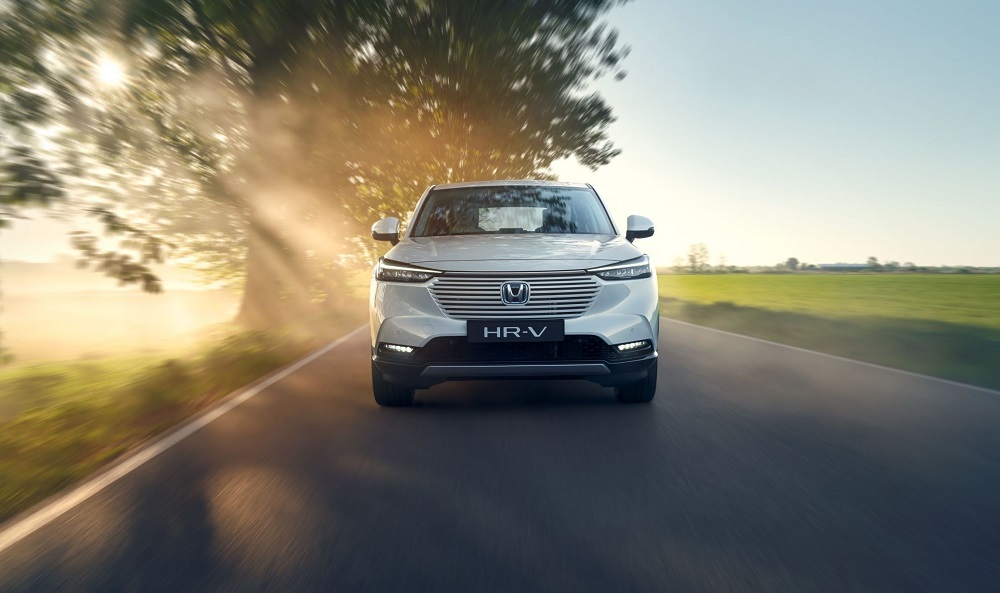Test data showed that over a prescribed 116 km route, which took in a variety of traffic densities and road types, the e:HEV powertrain offered the best elements of other hybrid system types, but with higher levels of real-world efficiency. With no need to plug-in and charge, the HR-V is suitable for every driving situation, combining the responsive performance of an electric vehicle with the usability of conventionally powered cars, without the range anxiety associated with monitoring battery charge levels.
In evaluating the powertrain of the all-new HR-V and its in-class rivals on public roads, the e:HEV system significantly outperformed a competitor vehicle fitted with 48V ‘mild’ hybrid system; something increasingly found in many new vehicles today. A mild hybrid uses a 48V battery and an integrated starter generator that allows the engine to switch off when coasting or braking.
Under test conditions, the all-new HR-V carried a weight disadvantage over its mild hybrid rival of around 120 kg due to the inclusion of a full hybrid system. Despite the marginal increase in weight, the advanced powertrain of the HR-V ensured that it delivered an average consumption of 1.1-liter/100km better than its rival. In urban environments, this margin extended out to 4.5-liter/100km better than the 48V powered competitor, underlining the true flexibility of the e:HEV system.
What sets the e:HEV system apart is
how its three drive modes interchange seamlessly to ensure optimum
performance in all driving scenarios - something that mild hybrid
systems cannot do. The intelligent Electronic Control Unit constantly
and automatically cycles between Electric Drive, Hybrid Drive and Engine
Drive, depending on which is the most fuel-efficient drive mode in the
specific driving situation.
During testing, the e:HEV system was
found also to deliver efficiency comparable with a rival manufacturer’s
PHEV. While owners of plug-in hybrids are required to keep their
vehicle’s battery topped up to achieve maximum efficiency, Honda’s
self-charging e:HEV system operates at its most efficient level at all
times, without any charging from a wall socket required. Despite
utilizing the rival’s latest iteration of PHEV powertrain, the plug-in
competitor delivered similar total elapsed time in EV drive mode in
urban environments to the HR-V showing no real benefit to the more
complex plug-in system. In extra-urban environments, where the majority
of vehicles operate, the HR-V surpassed the PHEV for total time spent in
EV mode by 3%.
The e:HEV system provides users with a seamless
driving experience. The ultra-smooth transitions between drive modes
ensure an uninterrupted, smooth and relaxing drive also capable of
providing powerful acceleration and, as proven, exceptional real-world
efficiency.
Honda’s expertise with hybrid systems is
long-standing; the original Insight from 1999 established Honda as a
world leader in hybrid technology. Since then, Honda has continued to
develop its hybrid technology, with its advanced two-motor e:HEV system
now used in the Jazz, CR-V, all-new HR-V and upcoming 11th-generation
Civic.








